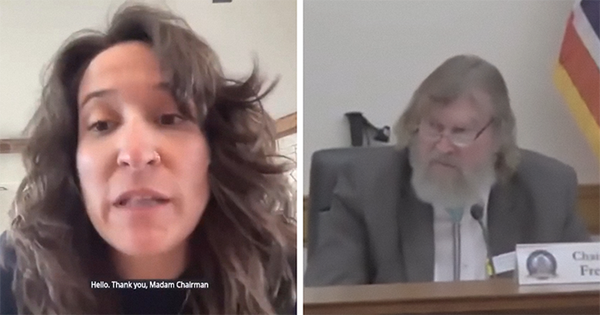
A newly released report by the NALEO Educational Fund reveals that California's Latino electorate is increasingly driven by a younger generation, a factor that could significantly shape the outcome of the 2024 elections. According to California's Fast-Growing Latino Electorate: An Election 2024 Portrait, 19.3% of eligible Latino voters in the state are between the ages of 18 and 24—more than double the percentage of non-Latinos in the same age range, which stands at just 9.5%.
This demographic trend indicates that young Latinos, many of them first-time voters, will be a decisive factor in California's upcoming state and federal races. NALEO Educational Fund CEO Arturo Vargas emphasized the importance of this growing electorate, stating, "As more and more Latinos turn 18 each year, their influence on local, state, and national politics will only continue to grow. Leaders must recognize this and ensure their policies address the priorities of this rising generation."
The youthfulness of California's Latino electorate stands in stark contrast to the state's non-Latino eligible voters, where over half (51.2%) are aged 50 or older, compared to just 31.9% of Latinos. This younger demographic signals a potential shift in political dynamics, as younger voters often bring different perspectives and priorities to the ballot box, including issues like education, climate change, and economic opportunities.
In addition to the focus on the youthful Latino electorate, the report also highlights several other key differences between Latino and non-Latino eligible voters:
- Educational Attainment: Nearly half of California's Latino electorate (49.2%) has a high school education or less, compared to 24.7% of non-Latinos. This gap in formal education may influence policy discussions around education reform and access to higher education.
- Homeownership: Latinos are less likely to own homes, with 55.6% being homeowners compared to 64.0% of non-Latinos, which could put housing affordability and economic mobility at the forefront of political debate.
- Health Insurance Coverage: The report also reveals a disparity in health insurance coverage, with 8% of Latino voters lacking coverage, compared to 3.6% of non-Latinos. This points to ongoing concerns around healthcare access for Latino communities.
- Employment: Eligible Latino voters are slightly more likely to be employed (65.8%) compared to non-Latinos (59.7%), signaling potential political interest in employment policies and economic growth.
As the Latino electorate continues to grow, the report underscores the critical role this demographic will play in shaping California's political landscape. With young Latinos at the forefront of this change, NALEO urges local and state leaders to prioritize policies that reflect their needs and concerns.
The full report is available here.
© 2024 Latin Times. All rights reserved. Do not reproduce without permission.









